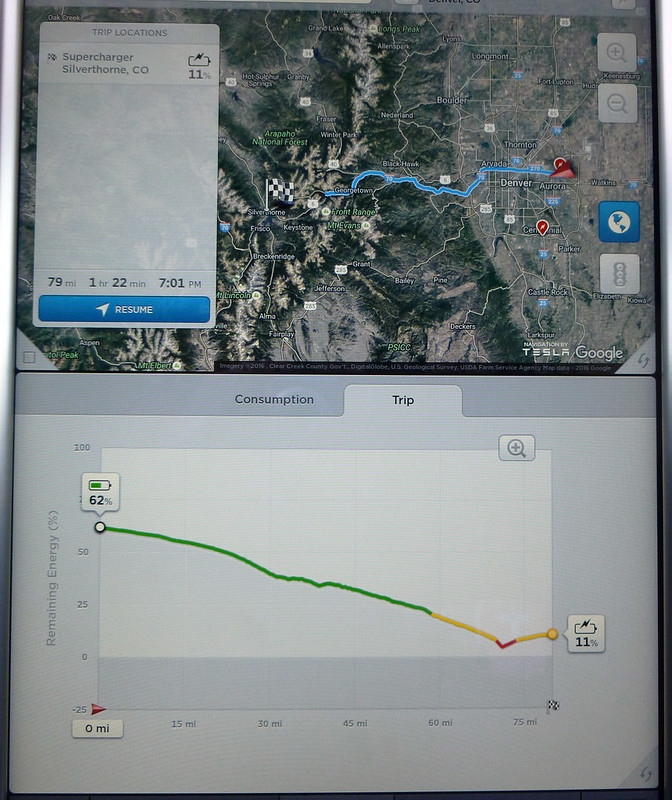Excellent idea and seemingly not difficult to implement, but...
Heh. I had to look up "bikeshedding" because I had never seen it before. Thank you for expanding my horizons of geekdom.

So now a challenge: in less than 40 words, clearly explain why not to plug in at an in-use paired stall. Example:
Optimal charging rates are provided when your Tesla is plugged into a stall whose "paired" twin stall is empty: check the stall numbers at the base of the pedestals and if possible avoid using 1B if 1A is in use.
This statement could be shown at the top of
@ohmman 's "Supercharger Info Box" pop up, in addition to basic information about that specific Supercharger location. There could even be a "More" link at the end of that statement providing a more detailed (but not excessively detailed

explanation of how Supercharger paired stalls work (this description is based on the US Superchargers, details may vary overseas):
Paired stalls (e.g. 1A and 1B) are powered at 480V/200A by a bank of rectifiers that together may deliver over 100kW in total to the two stalls. The first Tesla to plug into one of the two paired stalls receives as much DC power (kW) as its battery can safely handle (as determined by the Tesla Battery Management System in the vehicle) which may be less than the maximum that can be delivered by the Supercharger. If a second Tesla then plugs into the other paired stall it receives the balance of what the Supercharger can deliver. As the first cars battery is charged up the kW being delivered gradually decreases and more power is then delivered to the second car plugged into the paired stall.
I know that 10 different Tesla enthusiasts will write 10 very different descriptions, all correct and all varying in the detail provided. One could write paragraphs about this topic but that would not be necessary; the longer the description the fewer people that will read it. The description above is just my example and it may contain errors so feel free to correct me.
Note I wrote "deliver over 100kW..." as I did not want to specify an exact number since not only can the maximum kW vary depending on the original design of a Supercharger location but I also did not want a Tesla owner to expect a specific maximum number when they plug in since we know that can vary quite a bit depending on their state of charge and whether or not the Supercharger is working properly.
I really wish Tesla would implement something like that. Every owner needs to know the basics of paired stall charging.



